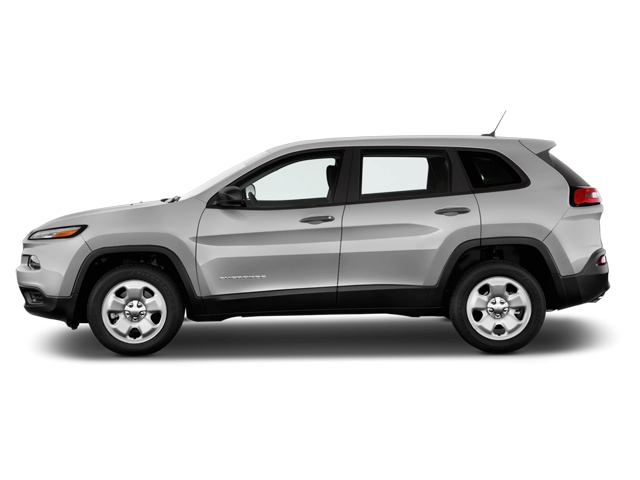2022 Jeep Cherokee Owner's Manual

Table of Contents
2022 Jeep Cherokee Overview
Introduction
The 2022 Jeep Cherokee blends rugged capabilities with modern comfort, making it an ideal choice for both urban driving and off-road adventures. Renowned for its impressive performance and versatile design, the Cherokee continues to be a staple in the compact SUV segment. With its bold exterior styling and spacious interior, it invites drivers to explore the great outdoors while enjoying all the conveniences of a contemporary vehicle.
Powertrains
Under the hood, the 2022 Jeep Cherokee offers a range of powertrains to suit various driving preferences. The base model is equipped with a 2.4-liter four-cylinder engine that delivers a robust 180 horsepower, perfect for daily commutes. For those seeking more power, an available 3.2-liter V6 engine boasts 271 horsepower, ensuring confident acceleration and towing capabilities. Additionally, a turbocharged 2.0-liter inline-four engine provides an ideal balance between power and efficiency, showcasing the Cherokee’s commitment to versatility.
Trims
The 2022 Cherokee is available in several trims, including the Latitude, Latitude Plus, Limited, Trailhawk, and Overland. Each trim builds on the previous one, adding features that enhance comfort, convenience, and off-road capability. The Trailhawk trim is specifically tailored for off-road enthusiasts, equipped with rugged tires, enhanced suspension, and skid plates. Meanwhile, the Overland trim elevates luxury with premium materials and advanced technology for a refined driving experience.
Features
Inside, the Cherokee comes loaded with a suite of advanced features, including an intuitive infotainment system with a 7-inch or available 8.4-inch touchscreen, Apple CarPlay, and Android Auto compatibility. Safety is prioritized with standard and available features such as adaptive cruise control, lane departure warning, and blind-spot monitoring, ensuring a secure driving experience on any terrain.
Owner's Manual
The owner's manual for the 2022 Jeep Cherokee serves as a comprehensive guide, providing essential information regarding vehicle maintenance, safety features, and operational instructions. This valuable resource empowers owners to maximize their ownership experience while ensuring the longevity and performance of their Cherokee.
User manual download
The Jeep Cherokee owner manual for the 2022 model year is to be found in PDF downloadable format on this page. The owner manual for the model year 2022 is free and in English, but the repair manuals are usually not easy to get and may cost more.
Manual Questions
Fill the form below and someone will help you!

